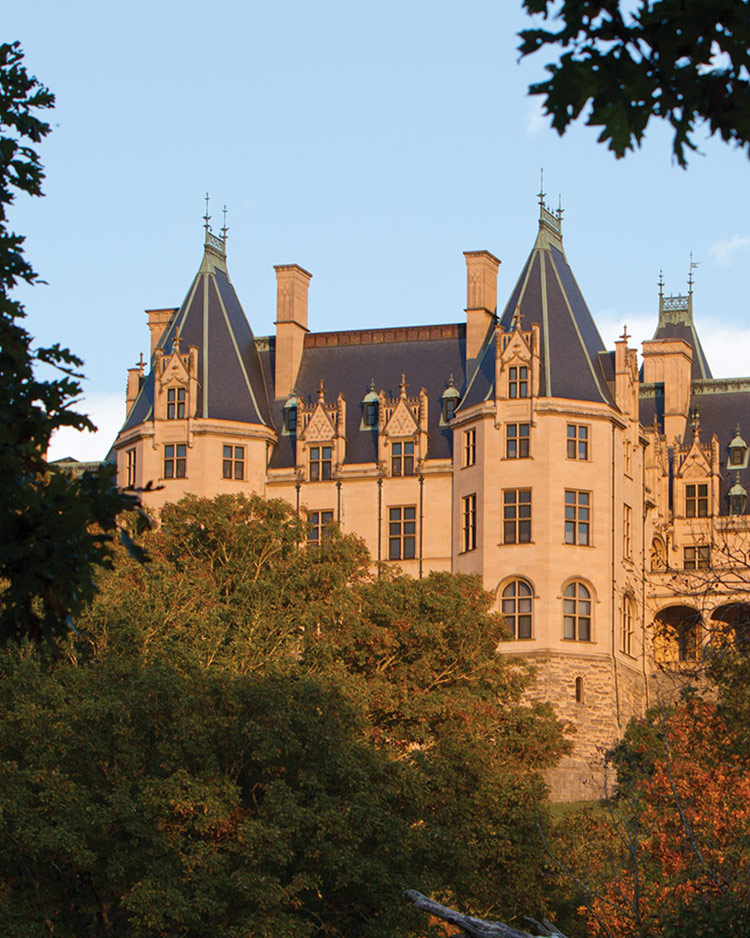
When visiting Asheville, North Carolina, there’s so much to see—picturesque scenery, a vibrant arts community, and historic architecture, especially the grand Biltmore estate. But tucked in a corner of downtown is a literary treasure that’s worth a special visit. It’s the boardinghouse that spawned author Thomas Wolfe’s epics about the South, including Look Homeward, Angel.
Look Homeward, Angel caused great upheaval when it was published in 1929. The coming-of-age, tell-all tale is set in the western North Carolina town of Altamont, a fictitious name given Asheville. “As soon as the book was published, people started showing up to see [the house]. It is a character in his writings,” says Tom Muir, historic site manager at the Thomas Wolfe Memorial, which is open for tours.
Boardinghouses were popular lodgings in the early 20th century, especially for single women, widows, travelers, and families moving from rural areas to the city. Thomas drew from his experiences at the boardinghouse and the menagerie of tenants, giving him ample fodder for his novels, plays, and stories.
Thomas did eventually return to Asheville in 1937 and, for the most part, was greeted graciously. For many, his huge popularity as a celebrity author outweighed their dismay over any public humiliation from the book.
About a year after his homecoming, 37-year-old Thomas died of tuberculosis.
The boardinghouse memorial, like the novels, tells the story of what site director Tom describes as a “young man who, against great odds, wanted to become an artist. In order to do that, he had to escape his crazy family and the tumult of this house and get an education.” While Thomas did escape for a time, he learned later that you might indeed want to go home again.
For information, visit wolfememorial.com.
Text by Marie Baxley
Photography by William Dickey
Discover inspiring style ideas, seasonal recipes, and more by ordering your Southern Lady subscription today!